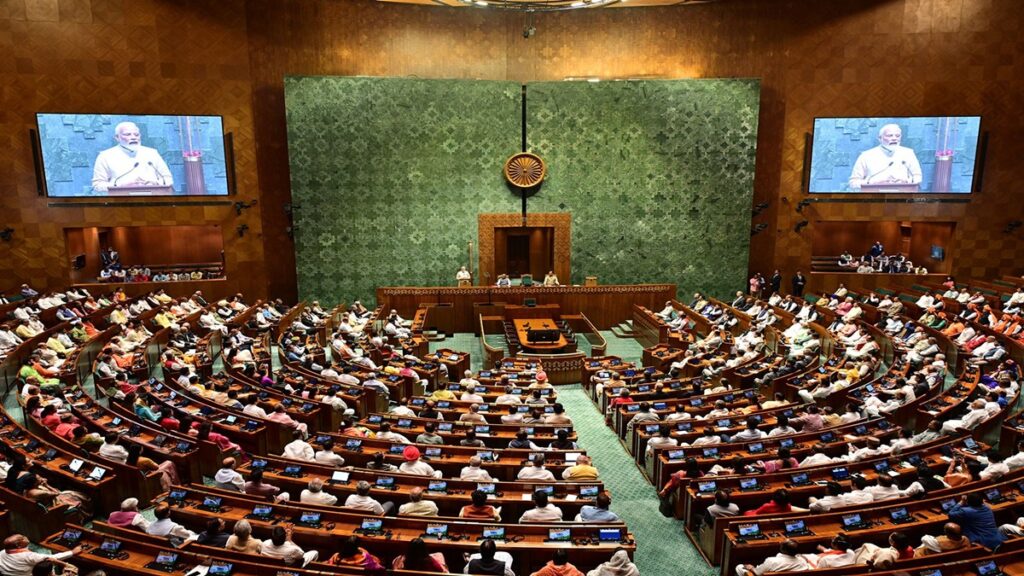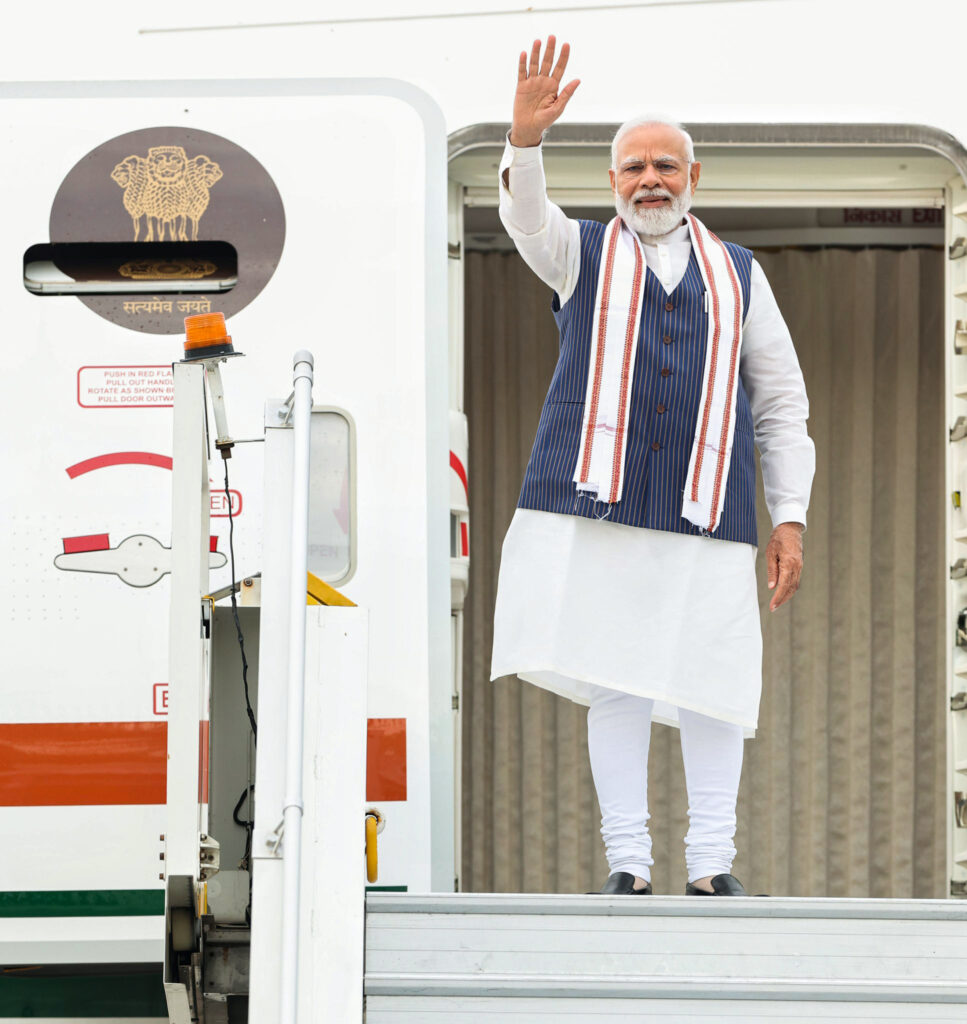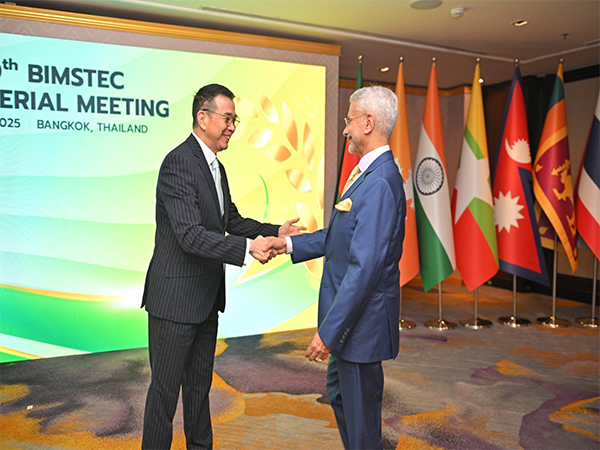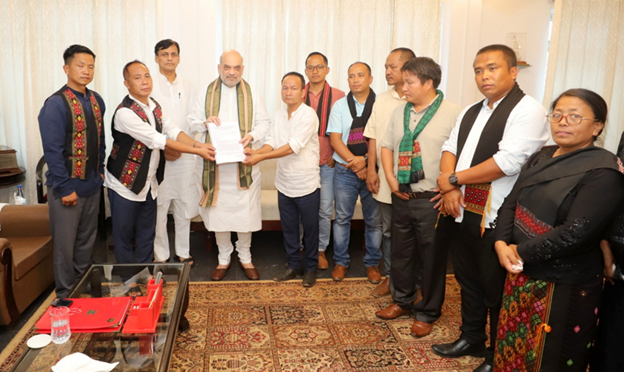G20 India: Guinness World Record Created for Lambani Art, PM Modi lauds efforts
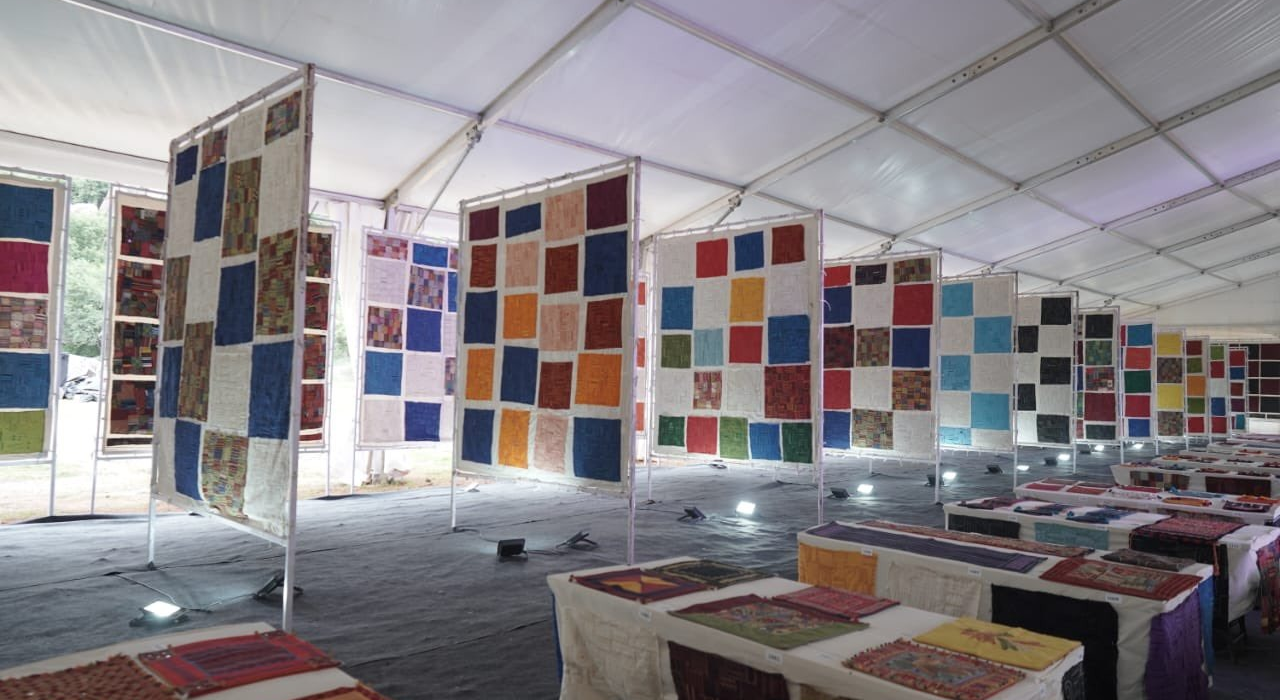
India’s G20 Presidency created a Guinness World Record for the ‘largest display of Lambani items’ with a total of 1755 items. The record was made under the ‘Culture Unites All’ campaign of the Culture Working Group, Ministry of Culture.
Prime Minister Narendra Modi has lauded the effort to popularise Lambani culture, art and craft as well as encourage Nari Shakti participation in cultural initiatives. On July 10, during the 3rd G20 Culture Working Group Meeting at Hampi, a new record was made.
In a tweet, the PM said, “Commendable effort, which will popularize Lambani culture, art and craft as well as encourage Nari Shakti participation in cultural initiatives.”
India’s G20 Presidency created a Guinness World Record for the ‘largest display of Lambani items’ with a total of 1755 items. The record was made under the ‘Culture Unites All’ campaign of the Culture Working Group, Ministry of Culture.
About the Record
A unique exhibition on Lambani embroidery patches was inaugurated at the Yeduru Basavanna complex, Hampi by Minister of Parliamentary Affairs & Coal and Mines, Prahlad Joshi. The exhibit, titled ‘Threads of Unity’, celebrates the aesthetic expressions and design vocabulary of Lambani embroidery.
Over 450 Lambani women artisans and cultural practitioners associated with Sandur Kushala Kala Kendra Kendra (SKKK) came together to create these items using GI-tagged Sandur Lambani embroidery having 1755 patchworks. This Guinness World Record endeavour is aligned with the PM’s campaign of Mission ‘LiFe’ (Lifestyle for environment) and the CWG’s initiative for ‘Culture for LiFe’, an environmentally conscious lifestyle and a concerted action towards sustainability.
Lambani Art
Lambani embroidery is a vibrant and intricate form of textile embellishment characterized by colourful threads, mirror work, and a rich array of stitch patterns. It is practised in several villages of Karnataka such as Sandur, Keri Tanda, Mariyammanahalli, Kadirampur, Sitaram Tanda, Bijapur, and Kamalapur. This rich embroidery tradition, predominantly upheld by the skilled women of the Lambani community, serves as a vital source of livelihood and sustenance, intertwining living practices with economic empowerment.
The sustainable practice of patchworking is found in many textile traditions of India and around the world. Lambani craft tradition involves skillfully stitching together small pieces of discarded fabric to create a beautiful fabric.
The embroidery traditions of the Lambanis are shared in terms of technique and aesthetics with textile traditions across Eastern Europe, West, and Central Asia. This alludes to the movement of the nomadic communities across such regions historically, forming a shared artistic culture.
This interconnectedness of cultures through the craft makes it an ideal symbol for the campaign ‘Culture Unites All’. Through this art form, we celebrate our shared heritage and promote dialogue and understanding among diverse communities.
About Sandur Kushal Kala Kendra (SKKK)
Sandur Kushal Kala Kendra (SKKK), registered as a Society in 1988, aims to revive traditional crafts and enhance the livelihoods of craftswomen by nurturing their skills, promoting their products, and thus ensuring a steady income. Presently, SKKK works with approximately 600 artisans and has nurtured twenty self-help groups. It has evolved over the years and gained recognition for the Lambani craft, both nationally and internationally.
Over the years, SKKK has gained national and international recognition for the Lambani craft, earning the prestigious UNESCO Seal of Excellence for Handicrafts in South Asia in 2004 and 2012. SKKK obtained the GI (Geographical Indication) tag for the craft ‘Sandur Lambani hand embroidery’ in the year 2008.



